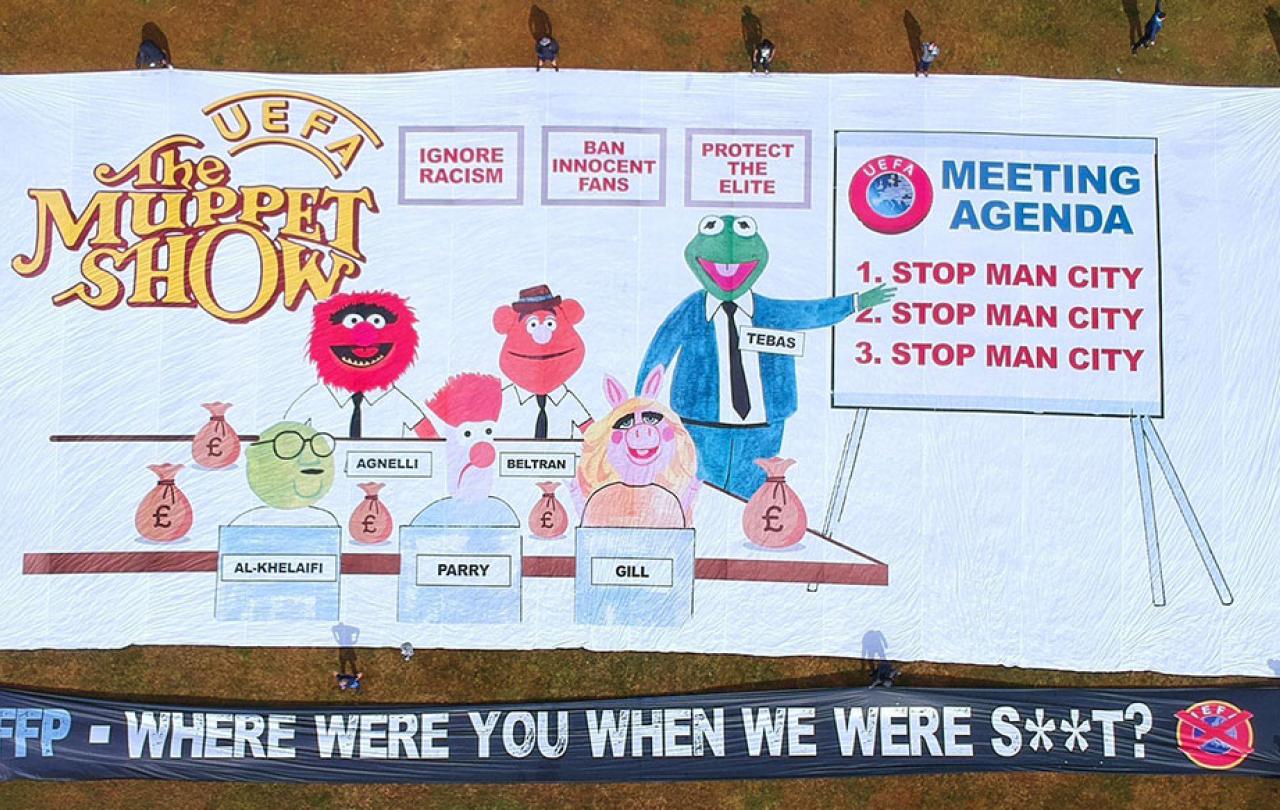
In 2008, Manchester United sign footballers Fábio da Silva and Raphael da Silva. They are twin brothers. Confusion follows. In 2009, referee Chris Foy seems to show a yellow card to Fábio for a foul committed by Rafael in a game against Barnsley. I’m still not sure who actually makes the tackle.
Then-manager of the club Sir Alex Ferguson admitted he often confused the two players. When Rafael was suspended for a game, Ferguson joked about playing him anyway, and just saying it was Fábio. “They wouldn’t know. Their DNA is probably the same,” he said.
Perhaps that’s how the rumour started.
Football is a game of small margins; minor gains can make for huge advantages. Few managers have understood this as well as Ferguson, a man who would do anything to make the most of marginal gains. Up to and including ‘bending’ the rules a little, if needs be. (Allegedly; if the lawyers are reading).
It’s perhaps not unsurprising, then, that there is an old conspiracy theory that Ferguson would swap the brothers at half-time to get an extra substitution. “They wouldn’t know. Their DNA is probably the same.” It’s the kind of thing Ferguson would do.
Allegedly.
Conspiracies have a long history: the earth is flat; Paul McCartney died in 1966; pigeons are actually government CCTV cameras.
I love weird footballing conspiracy theories. They’re ultimately harmless, and so implausible that they make me chuckle. But recently, it feels as though there’s been a sharp upturn in the amount of conspiratorial thinking surrounding football’s public discourse.
Everything is a conspiracy now; all 20 premier league clubs seem to be the alleged victims of some conspiracy or other to stop them from winning the title. At least one of them is proved wrong each year.
Every red card, disallowed goal, throw-in, and foul is now viewed as yet another part of the establishment’s ongoing plan to sabotage your club. Why they’d want to sabotage your club in particular is never made manifestly clear. That’s besides the point. The plan is obvious enough if you look for it; never mind the motivation.
Football doesn’t help itself at times. For example, the decision to allow Manchester-based referees to referee Manchester-based football teams is simply baffling (and, as is often overlooked, simply unfair on the referees who then have their integrity called into question).
It’s now public knowledge that Michael Oliver earned considerable money refereeing private games in the United Arab Emirates. And so, when he failed to send off Manchester City’s Mateo Kovačić for two seemingly nailed-on second yellows in a game against Arsenal on 8th October 2023, you can forgive people for joining the dots and making the connection to City’s UAE owners.
Even when there’s no grand conspiracy, giving people a reasonable excuse to crack out the tin foil is just dumb.
Of course, none of this is unique to football. Conspiracies have a long history: the earth is flat; Paul McCartney died in 1966; pigeons are actually government CCTV cameras. All the hits. Again, a lot of them are just comically harmless.
The ship has sailed, and as long as football remains a political plaything, the same distrust in our political authorities will lead to distrust in our footballing authorities.
But many aren’t, and these more malignant conspiracy theories seem to be becoming more prevalent and more dangerous. America saw an unprecedented attack on its democratic processes and institutions on January 6 2021; at the hands of its still-technically-then-President, no less. Allegedly. Elsewhere, numerous people declined the Covid-19 vaccination because of misinformation about its effects, a worrying repeat of the vaccines-cause-autism nonsense of the 1990s.
In the aftermath of the horrific murder of three young girls in Southport on 30th July 2024, numerous people wrongly identified a Muslim immigrant as the alleged attacker. This led to widespread riots across the UK involving attacks on mosques and asylum seeker accommodation. As I write this from my home in Liverpool, a community library down the road is still waiting to be reopened after it was burned down amidst claims it was giving Qur’ans to children. It was not.
Nigel Farage still refuses to apologise for claiming ‘the truth’ was being withheld from the public.
But the thing is some conspiracies turn out to be true. There was a conspiracy involving the state and South Yorkshire Police to blame fans at the Hillsborough disaster in 1989 for the death of (now) 97 people at the match; that is now undeniable. And the times when conspiracy theories turn out to be accurate only serve to enflame and empower the others.
Conspiracy theories kill people. And so, it seems distasteful to draw any sort of line from using twins to mask extra substitutions to terrorist rioting in the aftermath of three young girls being stabbed to death. But, these are two extremes of the same kind of behaviour made possible for the same reason: declining trust in established authorities.
This is not to say we need to ‘keep politics out of football’. That’s not possible, even if we wanted to. It will always seem disingenuous to me that the same people who were against football players taking the knee in support of Black Lives Matter also seem very happy to sing the English national anthem at the FA Cup final. You can’t have politics when its suits you; when it’s comfortable for you.
No; football is a political entity now, whether you like it or not. MPs performatively support the England national team during major tournaments to win votes; The UK government is seeking to introduce an independent football regulator; Prince William is president of the FA; Nation-states own football clubs. Allegedly.
The ship has sailed, and as long as football remains a political plaything, the same distrust in our political authorities will lead to distrust in our footballing authorities.
But the inverse is true now, too. Football’s pervasive presence in society offers an opportunity for football fans to be the best of us; to model a culture wherein institutional authorities are trusted and – more importantly – deserve to be trusted.
If I’m being honest, whether I’m watching it on the telly or in the ground, I am often at my least Christ-like when the football’s on. There I am: accusing the referee of all sorts, calling the linesman any manner of unspeakable things because he gave a throw-in to the opposition, even if it’s the right decision. There I am: contributing to the very culture of distrust that characterises so much of public life nowadays.
I have, I think, a genuinely ethical responsibility to stop behaving like that when watching the football. It won’t stop idiots from rioting, and it won't stop Donald Trump and Nigel Farage from lying. Allegedly. But it might just help contribute to a culture wherein those acts are increasingly harder to commit. A culture where trust and hope become genuine options again.





